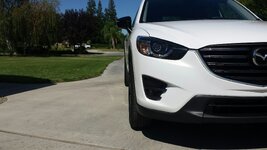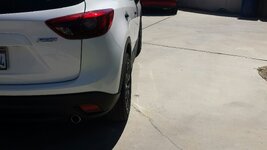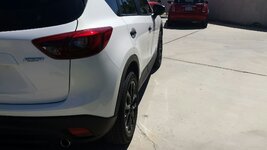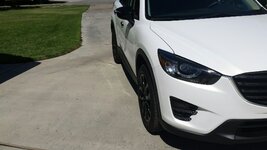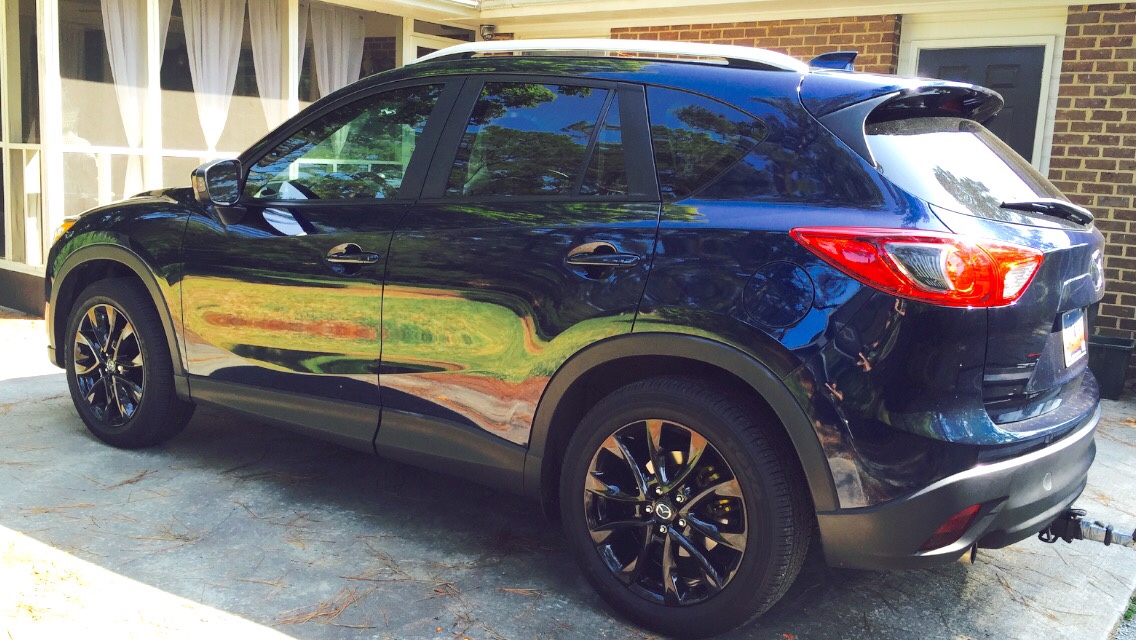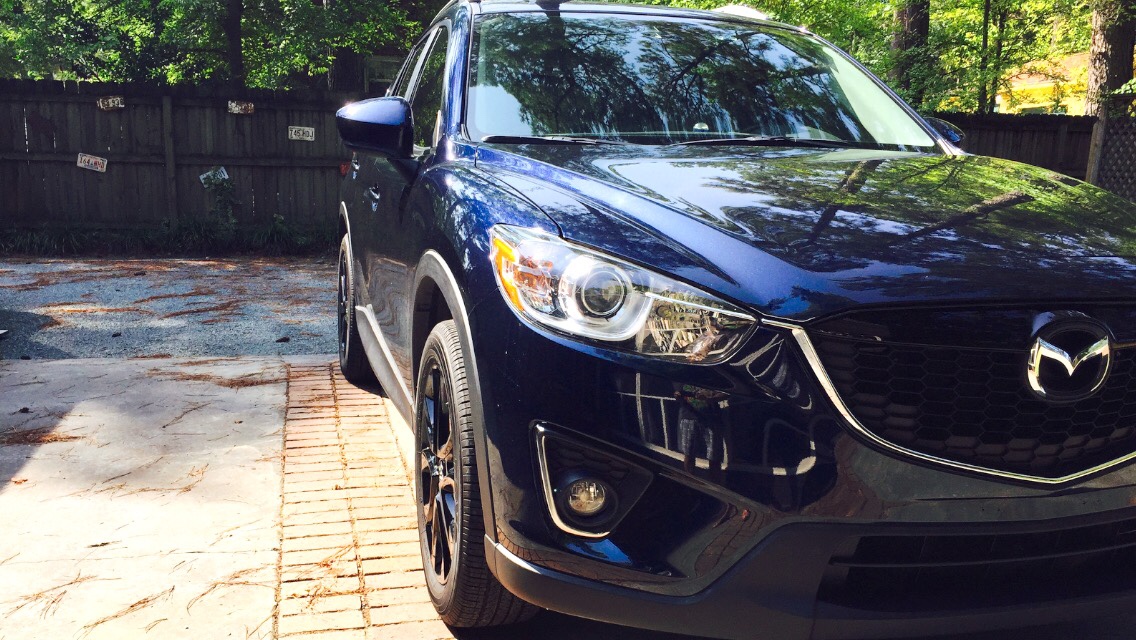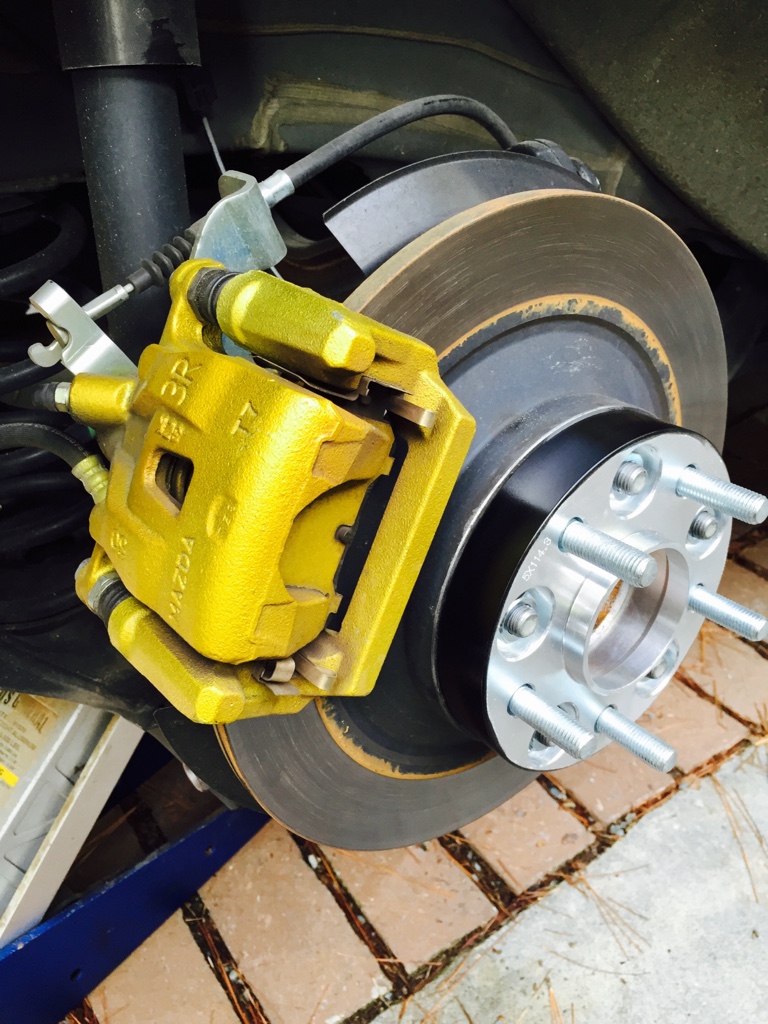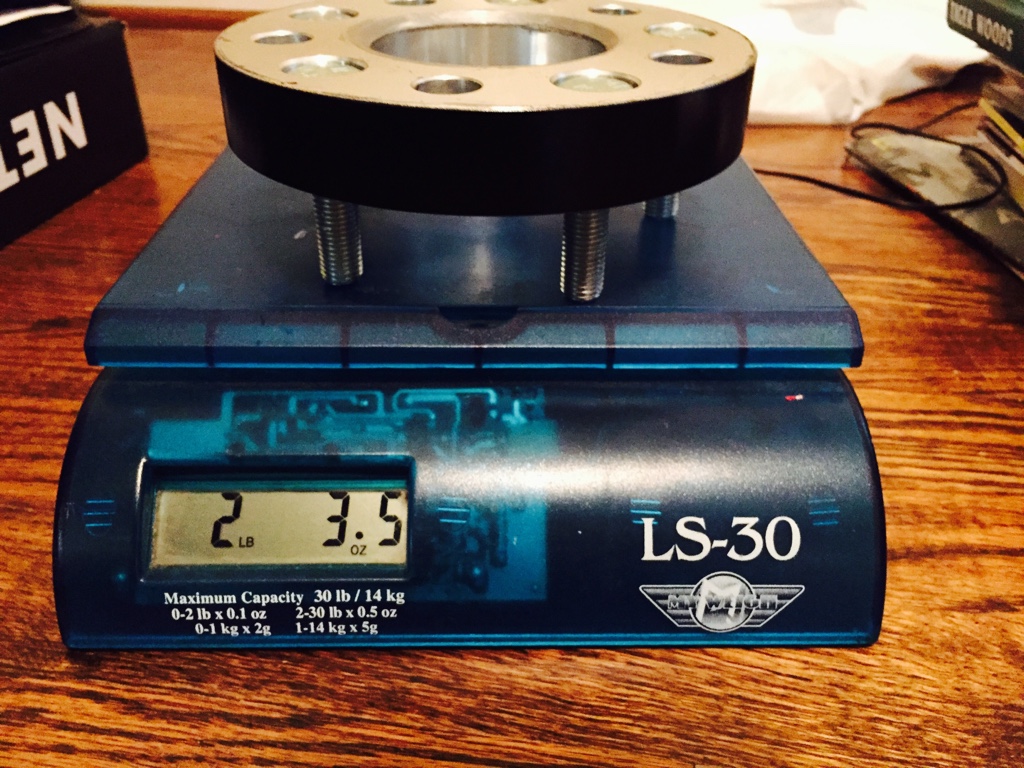Just thought I'd show some pics of my stock wheels with spacers to make it more flush to the fender. I think 20mm on the front & 25mm on the back are just about right with the stock tires. The pics look like their in a little but the rims are really pretty flush (3rd one is best).
I got them on Ebay for $88.
https://www.ebay.com (commissions earned)
I want to lower the car more than put new rims and tires on a brand new car so this will do for a while.
I got them on Ebay for $88.
https://www.ebay.com (commissions earned)
I want to lower the car more than put new rims and tires on a brand new car so this will do for a while.
Attachments
Last edited:

